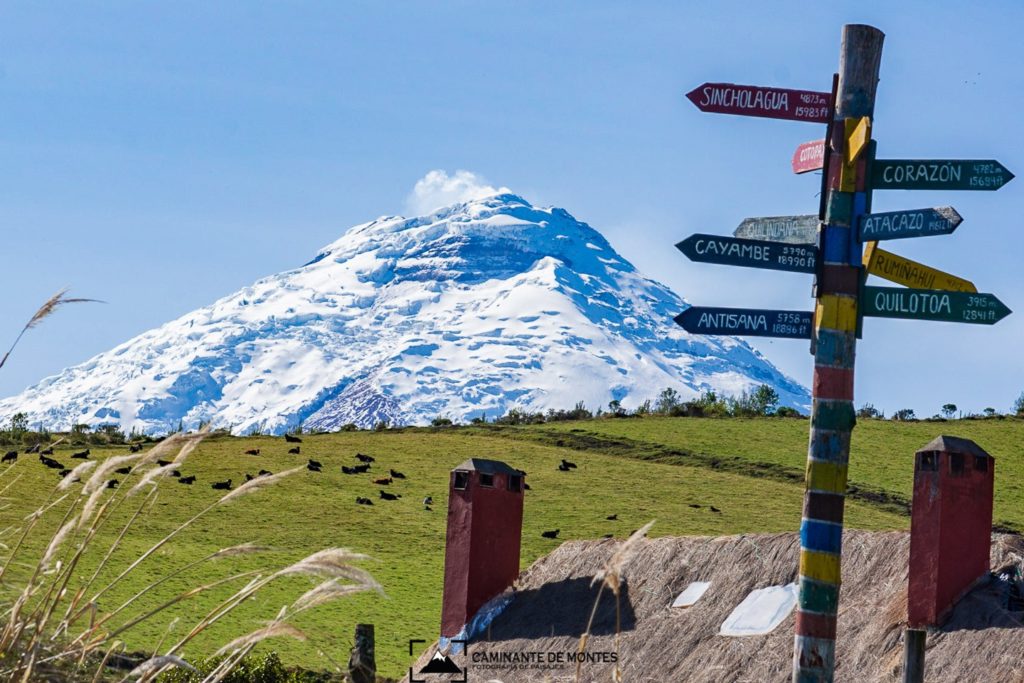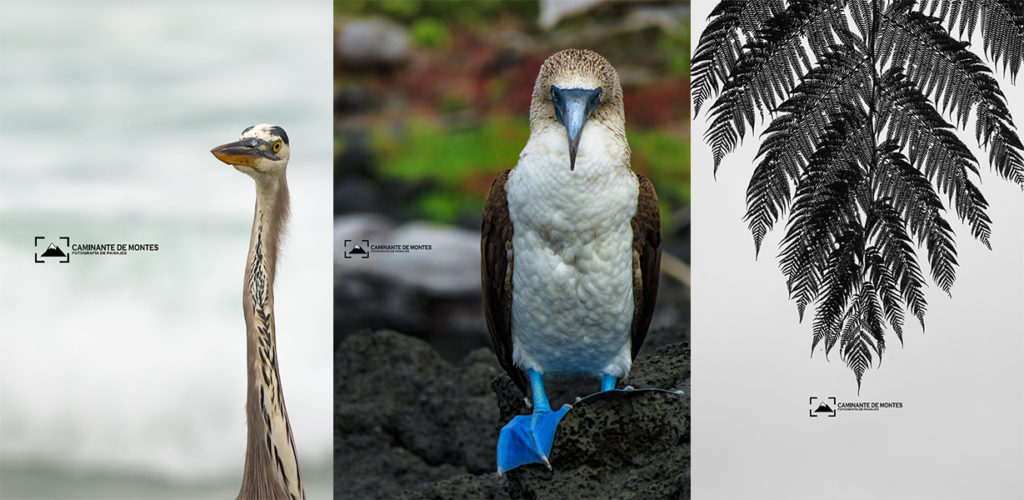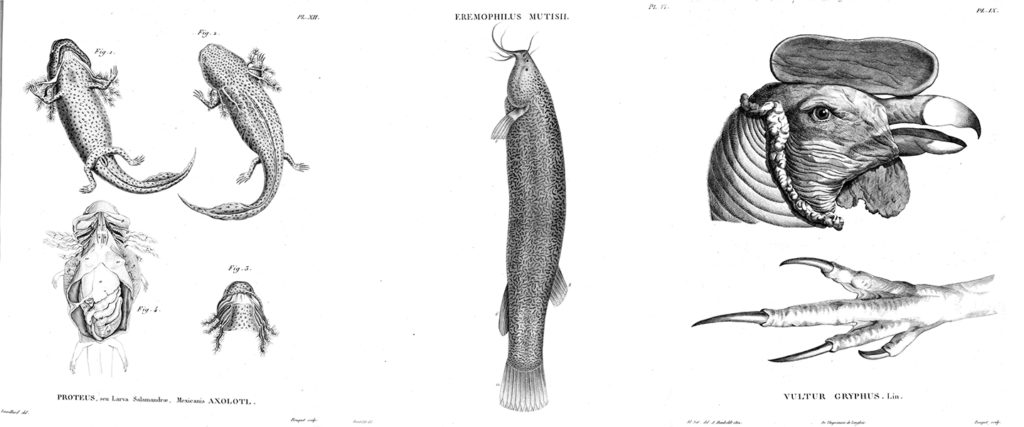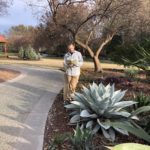Making Connections in the Children’s Adventure Garden
While our education programs are constantly changing with new content and offerings, the Dallas Arboretum is also fortunate to have a temporary exhibit space in the Children’s Adventure Garden, the Nature Wall. This space, composed of one-foot and two-foot square, backlit cubes, has been the home to dinosaur fossils, python skins, sand from around the world and even honeybees.
This season’s exhibit, Humboldt 250: Inspired by Nature, is the result of a chance meeting with Quito-based biologist Adrián Soria on my first trip to the Galapagos Islands with SMU and the Galapagos Conservancy two summers ago. The exhibit celebrates the 250th anniversary of the birth of Alexander von Humboldt, the forefather of scientific investigation and exploration as we know it today.
I invite you to learn a bit more about the exhibition, and then, to come see it in person from now through July 5th.
Origins of the exhibit
Adrián Soria has served on the Galapagos Conservancy’s Education for Sustainability project as a trainer with the high school teachers in the Galapagos. This team of educator/trainers has included a number of personnel from academic institutions across the United States and Ecuador, including Stanford, NC State and SMU, amongst others. Soria, hailing from Quito, is trained as a high school biology teacher, but he is also a professional photographer that works under the moniker Caminante de montes, or Mountain Walker. His passion is the Ecuadorian landscape, including volcanoes, pastures and culture.
Thus, on a visit to the Arboretum last fall, Adrián presented me with the idea of offering a photographic exhibition at the garden that he had already planned to present throughout multiple sites in Ecuador in conjunction with the 250th anniversary of Humboldt’s birth. The Humboldt connection in Ecuador is strong as he spent a number of years studying the famous Avenue of the Volcanoes, the namesake of his photographic collection.
More of Soria’s photographic exploration of Ecuador
The first key was to develop local relevance – why Andean photos in Dallas and why at the Children’s Adventure Garden? I have to admit, I was drawn to the stunning imagery, but in my research and discussion with local Humboldt experts, I discovered the very concept of ecosystems owes itself to Humboldt. Much of the work we do in the Children’s Adventure Garden is in developing a connection to nature, so the fit was natural.
The exhibit takes shape
Clearly, Adrián’s photography is the centerpiece of the Humboldt 250: Inspired by Nature exhibit, but the display also highlights several keys facets of Humboldt’s life.

Exhibit contributor Owen writes about his rock collection
As a child, Alexander von Humboldt had the incredible fortune of frequent travel and significant exposure to time outdoors. He became an avid collector of natural items. Our exhibit at the garden contains the personal collections of a number of local youth – both from the children of staff and from our visiting public. For Humboldt, allowing children to interact with nature was essential to childhood – and it developed his incredible sense of scientific exploration.
The exhibit then explores Humboldt’s journeys and his revolutionary manner of documenting the world. Together with his research team, Humboldt climbed to new heights for any European at the time, meticulously collecting data along the way. He was the first to document ocean currents and systemic change in plants along increasing elevations. He has also produced high quality illustrations to accompany his field notes.
Perhaps most striking of his scientific thought, was the revolutionary approach to understanding connections in the natural world – a concept we now call ecosystems. It is unimaginable to many today, but in Humboldt’s time, thinking about commonalities amongst species and ecosystems across the planet simply was not done. When visiting the exhibit, be sure to look for our taxidermied nutria specimen. This species, native to South America, illustrates these similarities between ecosystems quite well – as it has happily taken up residence in the southern United States.
Humboldt became a scientific titan, with the likes of Thomas Jefferson and Charles Darwin looking up to him. Indeed, he was one of the most famous people of his day. This is evidenced by the vast number of places named after him today. When you visit the Exploration Center to see the exhibit, you’ll experience a sampling of his impact. Then, step outside and explore the scientific discovery that abounds in the Children’s Adventure Garden!
*Note: Humboldt 250: Inspired by Nature featuring The Avenue of the Volcanoes, a photographic exhibition by Ecuadorian landscape photographer Caminante de montes (Adrián Soria) is free with regular Children’s Adventure Garden admission. Open daily from 9am-5pm in the Exploration Center.
Related Posts
Comments are closed.










